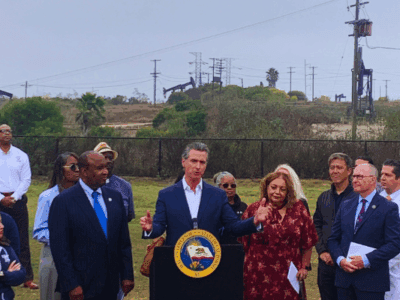The Rise of the Low Carbon Consumer City
Matthew Holian and I have just released a new NBER Working Paper. The “big idea” is that similar to a REESE’S Peanut Butter Cup we merge together two separate economics literatures. Glaeser and I have written about low carbon cities in the United States and China. Glaeser has published on “consumer cities” and I’ve written about ranking city quality of life. My new paper with Holian unites these two literatures. Downtown quality of life (funky restaurants, low crime) contributes to mitigating global externalities. This of course dovetails with the SB375 agenda in California.
We document that when college graduates live close to the city center that such cities feature less driving and more use of public transit. Our core story is that where the skilled cluster within a metro area reveals the high quality of life part of the city. Such educated people are attracted to such areas and can afford it. In addition, due to the Richard Florida effect, attracting such people to live in a neighborhood has a causal effect on improving local quality of life. The net effect of this dynamic is when the skilled cluster downtown, the center city is strengthened and public transit, walking and visiting the center city are complements and this leads to less car use and thus a lower carbon level for the metropolitan area.







Reader Comments